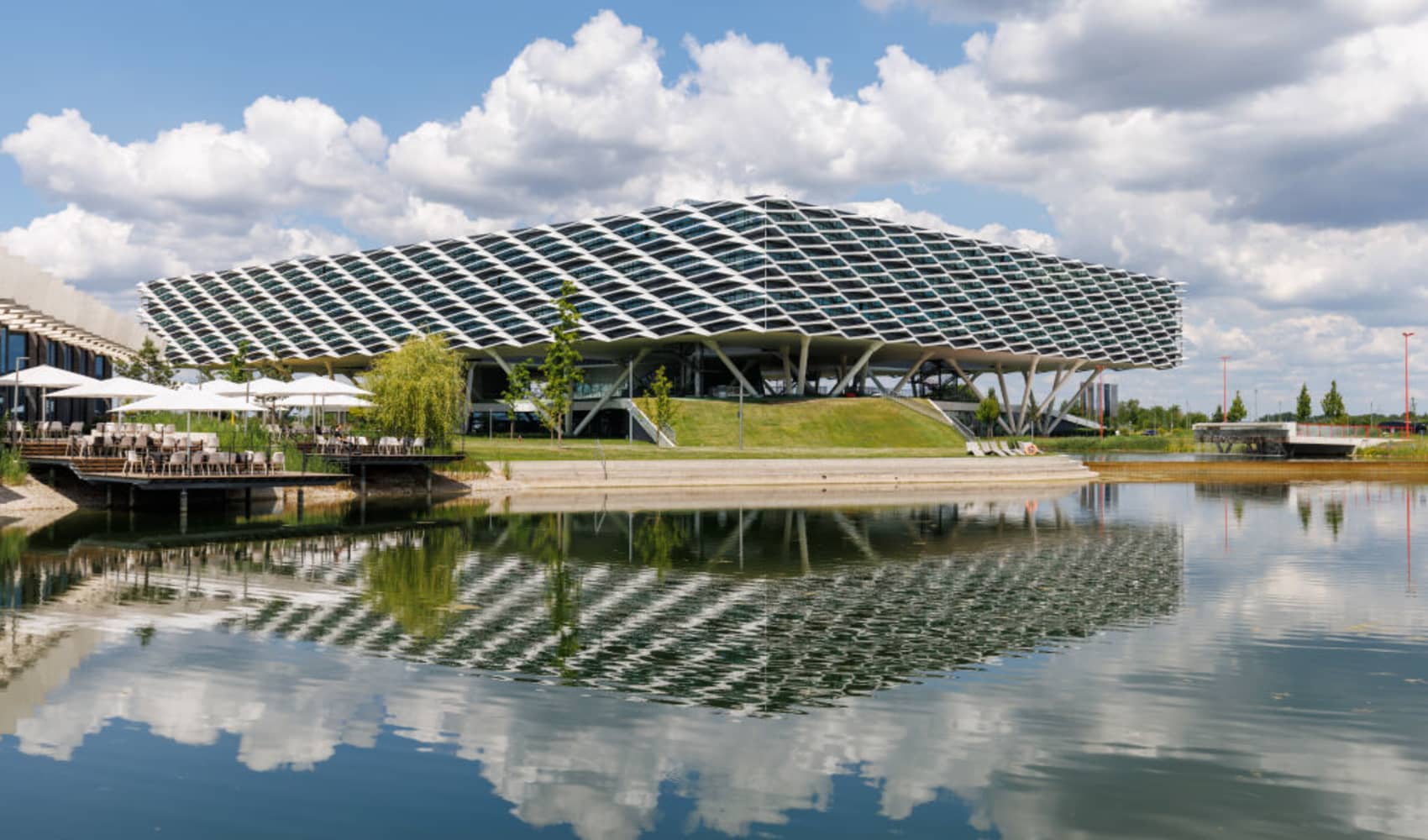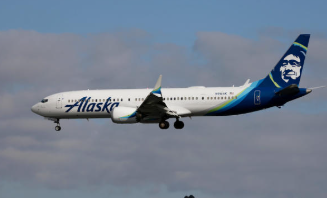In order to achieve its $1 billion profit growth target by 2027, Alaska Air Group intends to capitalize on the surge in demand for upscale travel.
Less than a year after signing the agreement, Alaska concluded its $1.9 billion acquisition of Hawaiian Airlines in September, gaining access to wide-body aircraft including the Boeing 787 Dreamliner and Airbus A330 as well as Pacific routes. The two brands function independently.
Alaska announced Tuesday that the airline would begin nonstop service on Hawaiian’s Airbus A330-200s between its home base of Seattle-Tacoma International Airport and Tokyo’s Narita International Airport in May, and between Seattle and Seoul, South Korea’s Incheon International Airport in October. Fares for the latter route will go on sale in early 2025, while tickets for the new Tokyo flights will go on sale on Tuesday.

Alaska intends to transform the airline by 2030 by deploying wide-body aircraft to fly to at least a dozen foreign locations from Seattle.
On Tuesday, the airline announced that it had approved a $1 billion share repurchase.
Additionally, Alaska projects pretax margins of 11% to 13% and profits per share exceeding $10 in 2027. The business projected earnings for 2024, including Hawaiian’s performance, to be between $3.50 and $4.50 per share in October. From a prior forecast of 20 to 40 cents per share, it increased its fourth-quarter profit forecasts to 40 to 50 cents.
As of Monday’s closing, Alaska’s stock had increased by about 40% this year, outpacing the S&P 500’s 27% rise. The airline’s stock reached a more than three-year high in morning trade on Tuesday, up around 16% on the release of its long-term goals.
Additionally, the airline is introducing a new “premium” credit card in collaboration with Bank of America, the most recent co-brand agreement intended to generate income from consumers even when they are not traveling.
Alaska is assessing its fleet-wide premium seat selection. According to Chief Financial Officer Shane Tackett, who spoke to CNBC, the airline is trying to improve choices on Hawaiian’s Airbus A330s in particular since more passengers are prepared to spend more for greater comfort and space when traveling.
According to Tackett, “the majority of the revenue growth over the last two or three years has been in those areas of demand, and I think it’s probably going to continue.” “We have a really good base main cabin product, but we need to meet the demand from more people who want to fly in first class or premium economy.”
According to Tackett, more first class and premium economy seats are being purchased outright by consumers than are being filled with complimentary upgrades.
The change in demand for its first-class seats has also been seen by Seattle’s competitor Delta Air Lines, whose 24% domestic passenger market share is second only to Alaska’s 55% in Seattle. However, a larger percentage of the airport’s foreign passengers fly with Delta.
According to Alaska, a new lounge will be available at San Diego International Airport. After launching facilities in New York and Los Angeles this year, Delta said on Wednesday that it is opening its third Delta One Lounge in Boston, which is only for passengers flying in its highest-tier class.

Tackett, however, stated to CNBC that he anticipates further changes to Boeing’s supplies to Alaska.
In January, one of Alaska’s almost brand-new Boeing 737 Max 9s left the manufacturer’s plant without the necessary bolts in place, and a door plug flew off. Boeing’s production and deliveries to airline clients including Alaska, United, and Southwest have slowed as a result of the near disaster and increased quality inspections.
“I believe they’re moving forward. It won’t take place in a week. Regarding Boeing, whose new CEO Kelly Ortberg is entrusted with stabilizing the aircraft manufacturer, Tackett stated, “It’s going to take time.” “We need to be really focused on helping them realize that quality is the most important thing; it is far more important to us than rate.”
A nearly two-month machinist strike that stopped manufacturing of the majority of Boeing’s aircraft is likely to have an impact on the company’s November aircraft orders and deliveries, which are set to be released at 11 a.m. Tuesday.
Boeing said on Tuesday that it has restarted 737 manufacturing at its plant in Renton, Washington, and that it will begin production at its Everett, Washington, site in the coming days.





